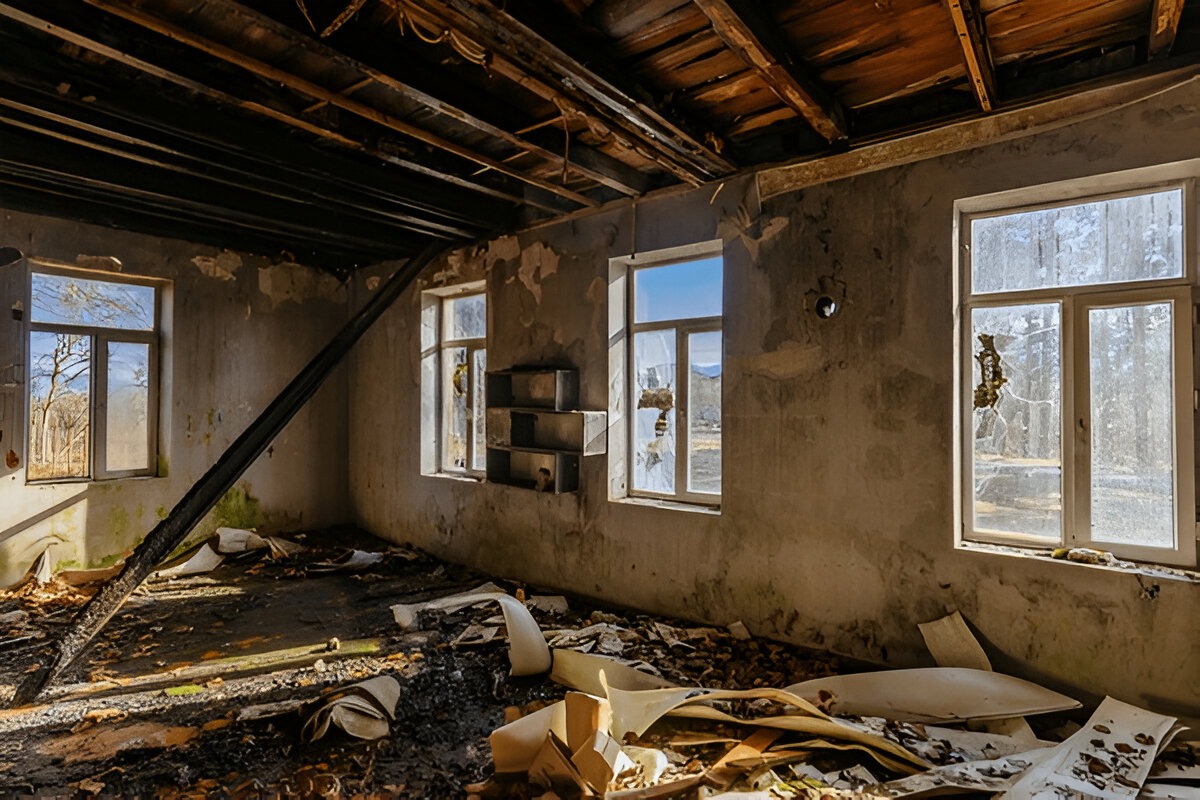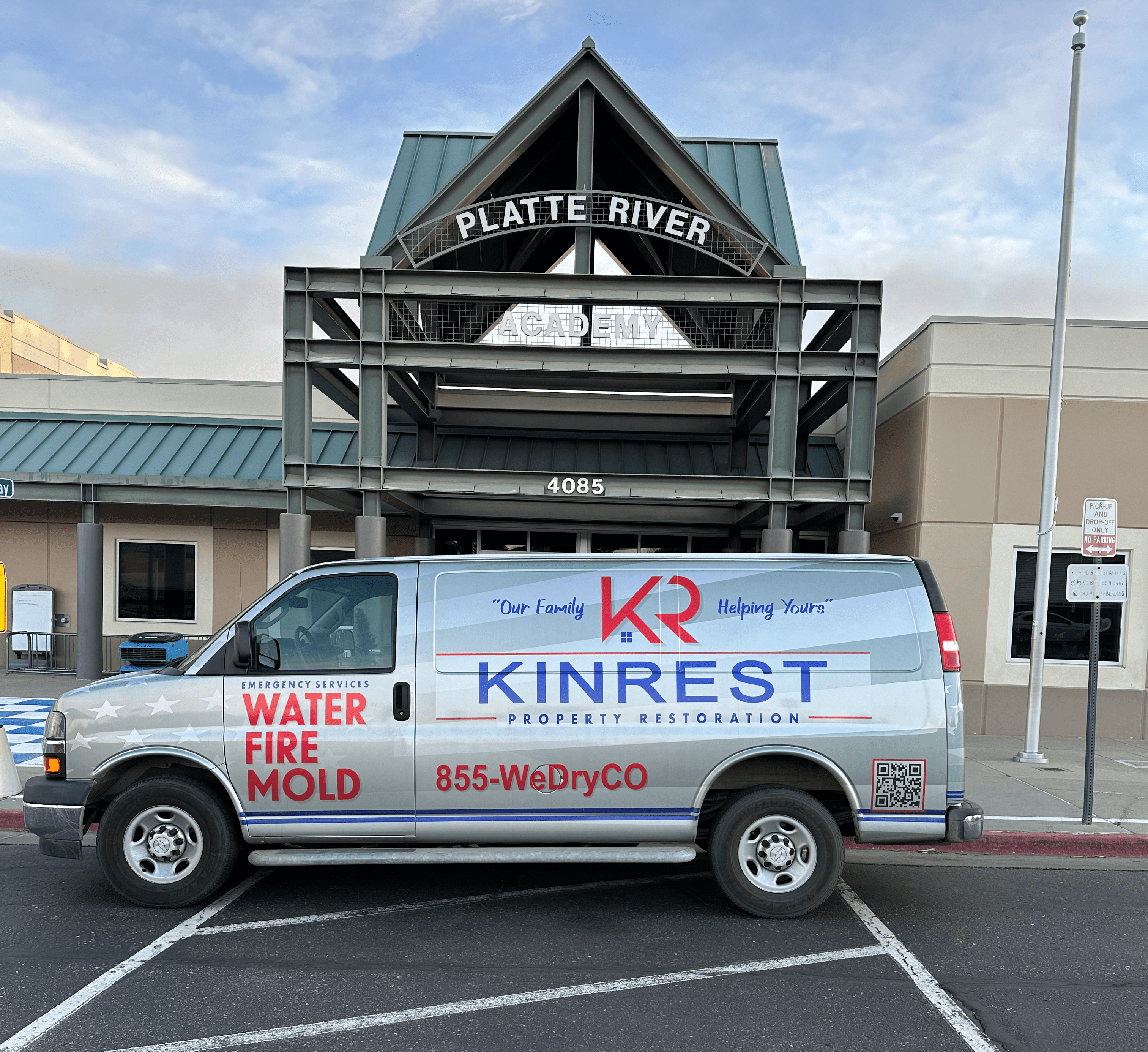Imagine misplacing your smartphone and losing access to all your important contacts, messages, and data. While inconvenient, you can usually recover most of it through cloud backups or by replacing the device. Now, compare that to losing your home in a fire. The devastation extends beyond lost possessions; it impacts your sense of security, stability, and overall well-being. Unlike a simple device replacement, recovering from a house fire requires a well-structured plan and professional assistance.
Fires leave behind more than just visible damage—they compromise the structural integrity of your home and introduce health hazards like soot and smoke inhalation. That’s why seeking immediate professional help for fire damage restoration in Denver is critical. Whether your property has suffered minor smoke damage or significant structural loss, knowing how to proceed can make the restoration process smoother and more effective.
This guide outlines the essential steps you need to take for fire damage repair in Denver, helping you rebuild both your home and peace of mind.
Step 1: Prioritize Safety and Assess the Damage
Before re-entering your home, ensure it is structurally safe. Fire weakens walls, ceilings, and flooring, creating hazardous conditions. The fire department will inform you when it is safe to return. Once you have clearance, follow these critical steps:
- Document the damage: Take clear photos and videos of affected areas for insurance purposes.
- Avoid handling soot-covered surfaces: Soot and smoke residues can worsen if disturbed.
- Contact a fire damage restoration company in Denver: Professionals can assess the full extent of structural damage and health hazards.
- Secure your property: If necessary, board up windows and doors or install temporary fencing to prevent unauthorized access.
Since fire damage often extends beyond what is visible, hiring a fire damage restoration service in Denver ensures a thorough evaluation of all potential risks.
Step 2: Notify Your Insurance Company Immediately
After a fire, time is of the essence when it comes to filing an insurance claim. Contact your provider as soon as possible to initiate the process. Here’s what you need to do:
- Provide an inventory of damaged or lost items: List everything affected by the fire, including appliances, furniture, and valuables.
- Save receipts for emergency expenses: If you need temporary housing, food, or clothing, these costs may be reimbursable.
- Work with your restoration company for cost estimates: A professional fire damage repair service in Denver can provide accurate estimates for rebuilding and repair costs.
Quick action ensures a smoother claims process and faster access to funds for disaster restoration in Denver.
Step 3: Address Water and Smoke Damage
One commonly overlooked consequence of a house fire is water damage. Firefighters use large amounts of water to extinguish flames, leading to potential mold growth and structural deterioration. In addition, smoke and soot residues pose serious health risks. Here’s how professionals handle this phase:
- Water extraction and dehumidification: Experts remove excess moisture to prevent mold and further damage.
- Smoke and soot removal: Specialized cleaning techniques eliminate stubborn residues from walls, ceilings, and furniture.
- Air purification: High-efficiency particulate air (HEPA) filtration systems remove lingering smoke odors and airborne toxins.
Hiring professionals for smoke damage restoration in Denver ensures that your home is not only structurally sound but also safe to inhabit.
Step 4: Salvage What You Can
Not everything in your home is necessarily lost. With the help of restoration experts, many items can be recovered, cleaned, and restored. Here’s what might be salvageable:
- Clothing and fabrics: Professional cleaning can remove smoke odor from textiles.
- Electronics: If they weren’t directly exposed to flames, specialized cleaning can restore functionality.
- Furniture and decor: Wood, metal, and glass items often withstand fire damage better than soft materials.
- Personal keepsakes: Items such as jewelry, documents, and heirlooms may be recoverable even from heavily damaged areas.
Consulting with a Denver fire damage restoration team ensures you preserve as much as possible.
Step 5: Begin the Rebuilding Process
Once the cleanup is complete, the rebuilding phase begins. The extent of repairs will depend on the severity of the fire, and may include:
- Minor restorations: Repainting walls, replacing flooring, and refinishing surfaces.
- Structural repairs: Rebuilding damaged walls, roofs, and support beams.
- Full-scale reconstruction: If the home is severely affected, a complete rebuild may be necessary.
A reliable fire damage repair Denver company will handle everything from demolition to final reconstruction, making the process as seamless as possible.
Step 6: Implement Fire Prevention Measures
After experiencing a house fire, taking proactive steps to prevent future incidents is crucial. Consider the following precautions:
- Install smoke detectors in every room and test them monthly.
- Keep flammable materials stored safely, away from heat sources.
- Develop a fire escape plan and practice it with family members.
- Schedule routine electrical inspections to prevent short circuits and wiring issues.
Fire prevention is key to ensuring you never have to go through the devastation again.
Emotional Recovery After a Fire
The emotional toll of a house fire can be just as overwhelming as the physical damage. Homeowners often experience stress, anxiety, and grief after such an event. Here are some tips to help cope:
- Seek support from family and friends: Don’t go through the recovery process alone.
- Consider professional counseling: Fire trauma can have long-term psychological effects.
- Take it one step at a time: The recovery process may be lengthy, but small progress is still progress.
Understanding Fire Damage Restoration Costs
The cost of fire restoration varies depending on the severity of damage, the size of your home, and the services required. Key factors influencing costs include:
- The extent of structural damage
- Water and smoke damage severity
- Restoration vs. rebuilding costs
- Professional cleaning and material replacements
Insurance coverage will significantly impact your out-of-pocket expenses, so it’s essential to work closely with both your insurer and a reputable restoration company.
Let Kinrest Restore Your Home and Peace of Mind
A house fire can upend your life in the blink of an eye, transforming a place of safety and memories into a scene of chaos and loss. Recovering from such an event is a very challenging task, combining emotional overwhelm with a myriad of logistical challenges. If you’re a Denver resident navigating the aftermath of a house fire, this step-by-step guide is designed to aid your recovery process, allowing you to focus on reclaiming your property.
Recovering from a house fire is overwhelming, but you don’t have to face it alone. Kinrest specializes in fire damage restoration in Denver, offering end-to-end solutions to restore your home quickly and efficiently. Whether you need emergency board-ups, smoke damage cleanup, or full-scale rebuilding, our experienced team is here to help.
If you’re searching for fire damage restoration near me, Kinrest is your trusted partner. Don’t wait—contact us today for a professional consultation and take the first step toward rebuilding your home. Call now or request a quote online—your recovery starts here!



